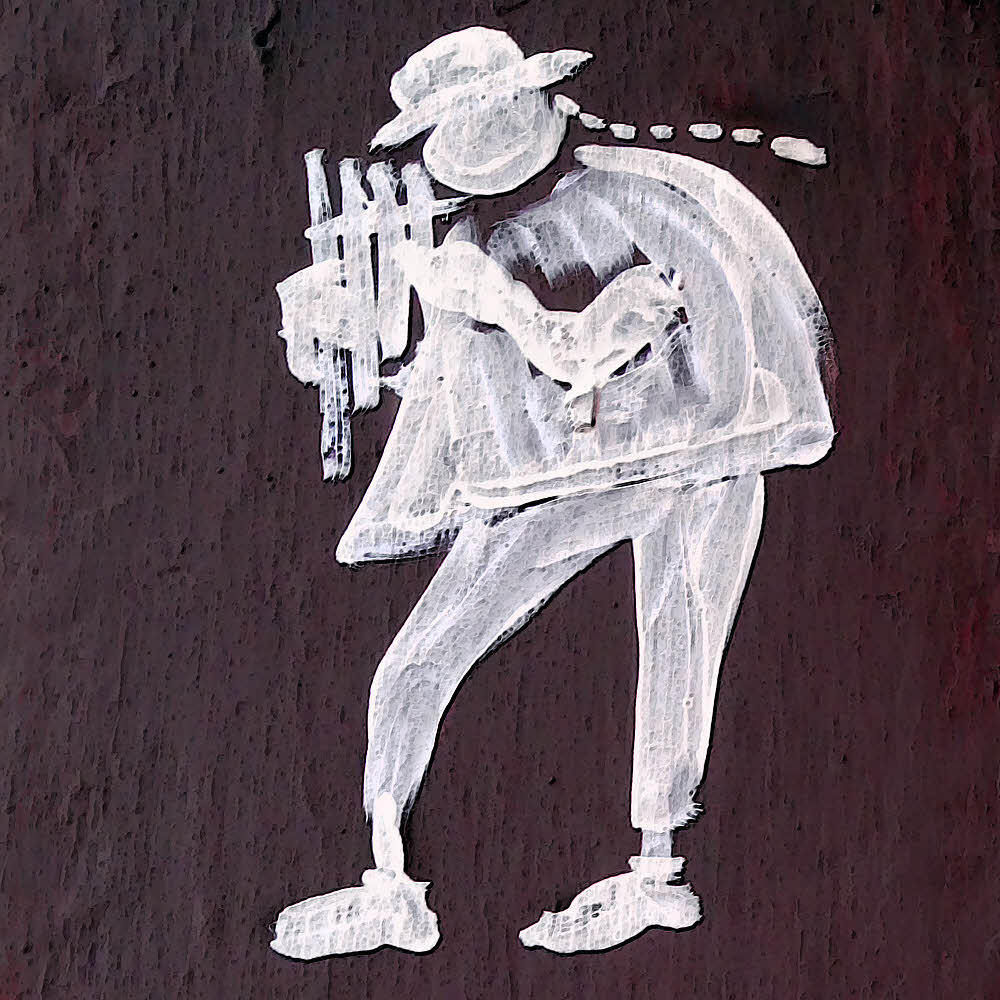
The Araucanian people of South America, from Chile, were never subdued by the Spanish.
Not when they first butted heads in 1535, not in 1560, or 1590, or 1640, or 1750, or 1800. Never. Not even by the time Chile became independent in 1818. The Spanish invaders were unable to conquer them.
The government of independent Chile did, in 1881, but that doesn't count. By then it was a family matter, and by then the Araucanians had given the world something that everyone wanted, though no one knew it at first. That thing was the poncho, a blanket with a hole in it. How clever. Something so elementary and yet so ingenious that the Europeans had never thought of it.
Poke your head through the hole and there you are, dressed already.
Make a poncho of thick oiled wool and it sheds rain. Put a hood on it and it works even better. Still dirt simple, though.
The Romans, once upon a time, had tried the paenula, which was a loose, floppy garment with a head hole, but for them it was slave wear, and uncool. Totally.
But the idea couldn't be entirely let go of, and continued to bounce around through the Middle Ages. Back then they liked floppy things with hoods and such, like cloaks and whatnot, but it was the First Americans, the very first, who made the poncho a national costume.
We, the rest of us, those of us around here, finally adopted the poncho during the American Civil War in the form of a handy rubberized sheet of fabric, then kept bringing it back in better and better versions as military rain wear. Military people knew a good thing, and backpackers finally caught on too.
Nowadays you can get a poncho that folds up small enough to fit comfortably in a shirt pocket and still be big enough to wear or even to sleep under.
Aren't we lucky then? Thanks, guys.